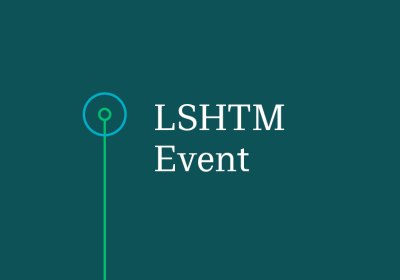Forecasting frontier mortality with generalised additive models
Mortality rates differ across countries and years, and the country with the lowest mortality has historically tended to change over time. Following the classic Science paper by Oeppen and Vaupel (2002), for any given year a hypothetical mortality ‘frontier’ can be defined as the lower limit of the force of mortality at each age, taken across all countries. It is expected that change in this frontier reflects global technological and medical advances, which may display a more stable trend over time than the patterns in mortality improvement displayed by any particular country.
Employing the model of Hilton et al. (2019), we jointly estimate frontier mortality as well as mortality rates for individual countries. Generalised additive models are used to estimate a smooth set of baseline frontier mortality rates and mortality improvements, and country-level mortality is modelled as a set of smooth, positive deviations from this, forcing the mortality estimates for individual countries to lie above the frontier. The assumed stability of the mortality frontier can also be exploited for forecasting purposes. This model is fitted to data for a selection of countries from the Human Mortality Database. The efficacy of the model in forecasting over a 10-year horizon is compared to a similar model fitted to each country separately.
Speaker
Dr Jason Hilton is a Lecturer in Social Statistics and Data Science. His research includes work on stochastic population forecasting, applied Bayesian statistics and computational demography. He completed his PhD at the Institute for Complex Systems Simulation, also at the University of Southampton, and his thesis focused on the management of uncertainty in agent-based demographic simulation models.
Admission
Contact


